Advice for diagnosing and managing sleep disturbances in children
Advertisement
Cleveland Clinic is a non-profit academic medical center. Advertising on our site helps support our mission. We do not endorse non-Cleveland Clinic products or services. Policy
Approximately 25% to 30% of infants and children experience sleep disturbances, which can negatively impact a child’s development, behavior and quality of life.
“This is an area where prevention is clearly better than cure,” says sleep disorders specialist Vaishal Shah, MD, Director of Pediatric Sleep Operations in Cleveland Clinic’s Sleep Disorders Center. “The earlier we intervene and the earlier patients and their families work on their sleep, the fewer problems there will be later on.”
In the latest episode of Cleveland Clinic’s Neuro Pathways podcast, Dr. Shah discusses pediatric sleep disorders. He covers:
Click the podcast player above to listen to the episode now, or read on for a short edited excerpt. Check out more Neuro Pathways episodes at clevelandclinic.org/neuropodcast or wherever you get your podcasts. This activity has been approved for AMA PRA Category 1 Credit™ and ANCC contact hours. After listening to the podcast, you can claim your credit here.
Podcast host Glen Stevens, DO, PhD: What are risk factors for sleep disorders at a young age?
Dr. Shah: It depends on the type of disorder. Obstructive sleep apnea, for example, is one of the most common things we see. The No. 1 reason, particularly in younger children, tends to be large adenoids and tonsils in comparison to adults. We also are seeing the prevalence of obstructive sleep apnea increasing a lot with obesity and higher BMIs. Other risk factors for that particular condition are craniofacial problems, which are fairly common in younger kids, or a genetic syndrome. For example, up to 80% of children with Down syndrome have some degree of sleep apnea. Those are three broad, common risk factors. We also are seeing more and more orthodontic problems that can cause or add to sleep apnea in kids.
Advertisement
For insomnia, there may be underlying disorders with a mood or behavioral component. In older children, that may include mood disorders such as depression or anxiety. In younger children, it may be autism spectrum disorder, ADHD or neurodevelopmental delays. Those are the most common risk factors we tend to see for insomnia. Many times, it is behavioral. Additionally, parents’ responses often can add to the problem.
Most of the other sleep disorders tend to happen de novo, without clear underlying risk factors. That’s the case, for example, with narcolepsy, which is not necessarily a risk factor-associated disorder. It may happen to anybody at any time.
Advertisement
Advertisement

Specificity in study criteria yields sleep disorder insights
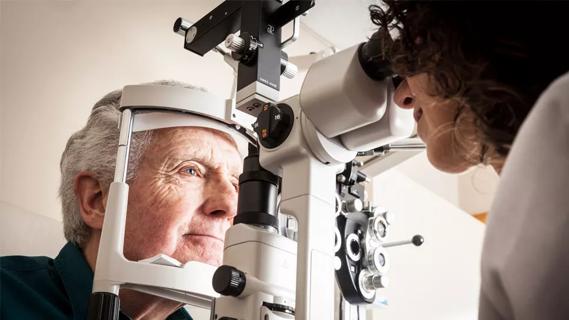
Study explores association between sleep aid and eye disease

Nearly 80% of patients didn’t follow washout protocol, raising risk of misdiagnosis
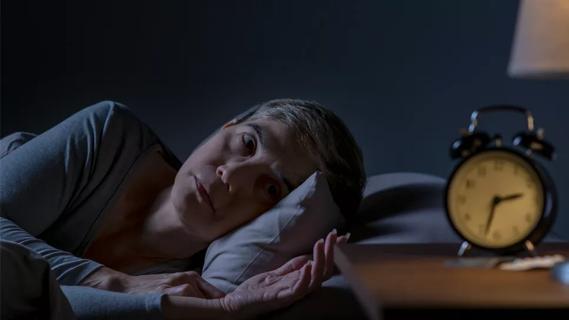
Large cohort study suggests need for routine sleep screening as part of neurological care
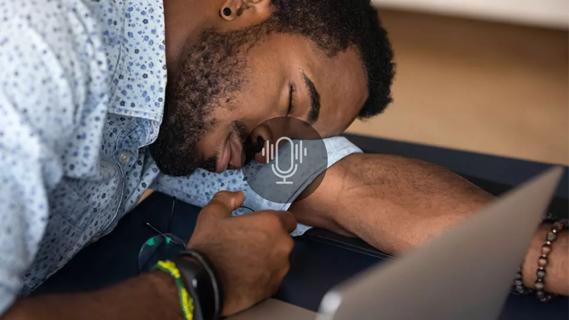
Testing options and therapies are expanding for this poorly understood sleep disorder
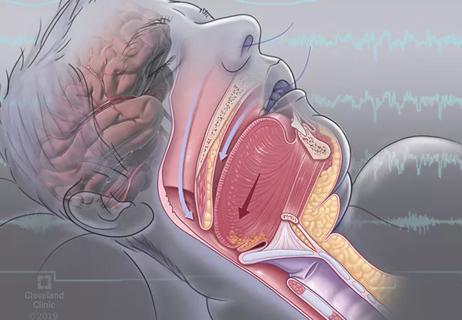
For the first time, risk is shown after accounting for underlying contributions of pulmonary disease
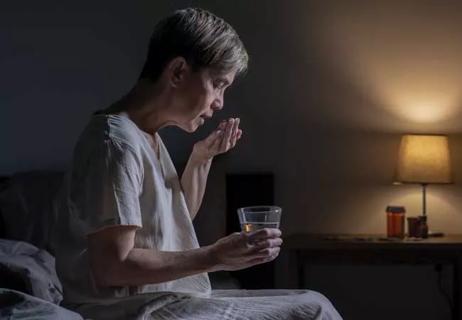
Study sheds light on how clinicians addressed their patients’ pain and insomnia during the pandemic

Normal or inconsistent MSLT results should not rule out this debilitating disorder